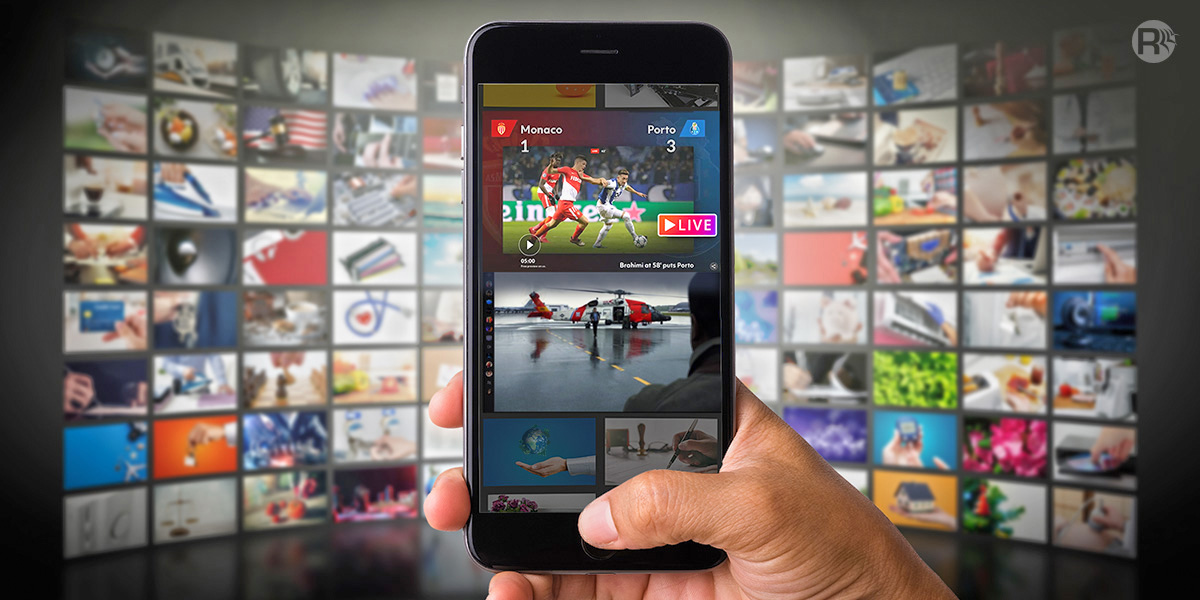Video Streaming App Development: Technical Ins and Outs
Developing a video streaming app is a complex yet rewarding endeavor that requires a deep understanding of various technical aspects. From choosing the right technology stack to ensuring seamless user experience, there are several critical components to consider. This article provides an in-depth look at the technical ins and outs of video streaming app development, guiding you through each step of the process.
1. Understanding the Basics of Video Streaming
Video streaming involves transmitting video content over the internet in real-time or on-demand. Unlike traditional downloading, where a file is fully downloaded before viewing, streaming allows users to watch the video as it loads. This requires efficient encoding, buffering, and delivery mechanisms to ensure smooth playback.
2. Selecting the Right Technology Stack
Choosing the appropriate technology stack is crucial for the performance and scalability of your video streaming app. The stack typically includes:
- Front-End : Technologies like React Native, Flutter, or native iOS (Swift) and Android (Kotlin) development for building the user interface.
- Back-End : Node.js, Django, or Ruby on Rails for server-side operations.
- Database : SQL databases like MySQL or PostgreSQL, and NoSQL databases like MongoDB for managing user data and video metadata.
- Streaming Protocols : HLS (HTTP Live Streaming) or DASH (Dynamic Adaptive Streaming over HTTP) for delivering video content.
3. Video Encoding and Transcoding
Encoding is the process of converting video files into digital format, while transcoding involves converting encoded videos into different formats and bitrates to ensure compatibility across various devices and network conditions. Popular tools for these tasks include FFmpeg and AWS Elemental MediaConvert.
4. Content Delivery Network (CDN)
A Content Delivery Network (CDN) is essential for distributing video content efficiently. CDNs cache video files on servers located around the world, reducing latency and buffering times for users. Leading CDN providers include Cloudflare, Akamai, and Amazon CloudFront.
5. Implementing Video Playback
Integrating a robust video player is critical for a smooth user experience. Open-source players like Video.js and commercial options like JW Player offer customizable features, such as adaptive bitrate streaming, subtitles, and DRM (Digital Rights Management) support.

6. Ensuring Scalability and Performance
Scalability is vital to handle growing user bases and fluctuating traffic. Key strategies include:
- Load Balancing : Distributing incoming traffic across multiple servers to prevent overload.
- Auto-Scaling : Automatically adjusting resources based on current demand using cloud services like AWS Auto Scaling or Google Cloud Autoscaler.
- Caching : Storing frequently accessed data temporarily to reduce server load and improve response times.
7. User Authentication and Authorization
User authentication and authorization are crucial for securing your app and managing user access. Implement OAuth 2.0 for secure user login and access control, and consider integrating with popular authentication providers like Auth0 or Firebase Authentication.
8. Video Monetization
There are several ways to monetize your video streaming app, including:
- Subscription-Based Model : Users pay a recurring fee for access to premium content.
- Ad-Supported Model : Revenue is generated through advertisements displayed during video playback.
- Pay-Per-View Model : Users pay for individual videos or events.
9. Data Analytics and User Insights
Integrating analytics tools helps track user behavior, engagement, and app performance. Google Analytics, Mixpanel, and Amplitude provide valuable insights into user activity, helping you make data-driven decisions to improve your app.
10. Security Measures
Ensuring the security of your video streaming app involves multiple layers:
- Encryption : Use HTTPS and SSL/TLS protocols to secure data transmission.
- DRM : Implement Digital Rights Management to protect your content from unauthorized access and piracy.
- Secure APIs : Ensure that all APIs used in the app are secure and follow best practices.
11. Testing and Quality Assurance
Comprehensive testing and quality assurance are essential to deliver a bug-free, high-quality app. Key testing strategies include:
- Unit Testing : Testing individual components for functionality.
- Integration Testing : Ensuring that different components work together seamlessly.
- Performance Testing : Assessing the app’s performance under various conditions.
- User Acceptance Testing (UAT) : Gathering feedback from real users to identify any issues before launch.
12. Continuous Deployment and Updates
Implementing a continuous deployment pipeline ensures that updates and new features can be rolled out smoothly. Use tools like Jenkins, GitLab CI, or GitHub Actions for automated builds, testing, and deployment.
13. Cross-Platform Compatibility
To reach a broader audience, ensure your video streaming app is cross-platform compatible . This involves optimizing the app for various operating systems (iOS, Android, Windows, macOS) and devices (smartphones, tablets, smart TVs).

14. User Experience (UX) Design
A great user experience is crucial for retaining users. Focus on intuitive navigation, seamless video playback, and responsive design. Regularly update the app based on user feedback to continuously improve the experience.
15. Legal and Compliance Considerations
Ensure your app complies with legal and regulatory requirements . This includes copyright laws, data privacy regulations (like GDPR), and content licensing agreements. Consulting with legal experts can help navigate these complexities.
Developing a video streaming app involves a multitude of technical considerations, from choosing the right technology stack to ensuring security and compliance. By focusing on key aspects such as encoding, scalability, user experience, and monetization, you can create a robust and engaging video streaming platform. As technology continues to evolve, staying updated with the latest trends and advancements will be crucial in maintaining and enhancing your app's performance and user satisfaction.
By meticulously addressing each of these technical ins and outs, you can successfully develop a video streaming app that meets the needs of modern users and stands out in a competitive market.





